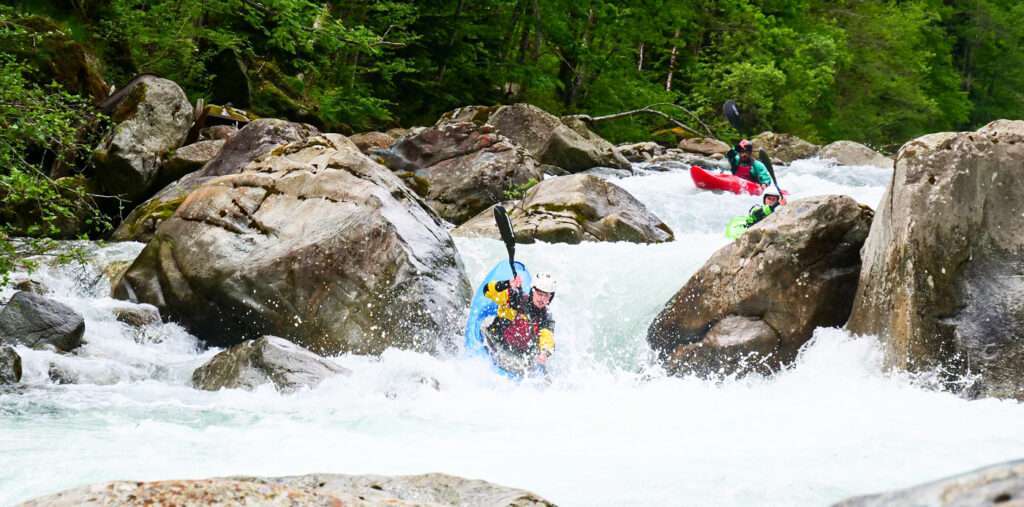The Greenland style of sea kayak paddle is long, lean and has a very narrow set of blades. Greenlandic Inuit use these to paddle their kayaks (spelled qajaq in Greenland) to hunt for walrus, seal and narwhal. The paddles themselves are designed in this narrow style to help cut down on wind resistance when paddling through the high winds of the Greenlandic fjords. The Greenland style paddle was originally sculpted from whatever driftwood the Inuit found. Now, Greenland style paddles are made with hardwoods and modern tools.
Instructions
Difficulty: Moderately Challenging
Things You’ll Need:
- 1x4x8 piece of aspen of other hardwood
- Table saw
- C clamps
- Sandpaper/power drill with sander
- Pencil and measuring tape
- Pattern for paddle
- Shower or access to ocean or body of water
- Lacquer or waterproof wood shellac and brush
Step 1
Position the long piece of wood on the workbench and secure with the C clamps. Place the stencil on the wood and pencil the outline onto the wood. Remove the stencil.
Step 2
Cut out the pattern using the table saw. Cut with the grain when using the table saw for the raw first cut of the paddle. Position the raw paddle on the workbench and clamp down with the C clamps.
Step 3
Sand down the raw paddle with the power drill with the sander attachment. Sand to expose the natural grain of the wood. Use fine sandpaper for the blade of the paddle, reducing the blade’s edges to no more than 3/8 inch width. Feel the paddle edges and shaft with your hands, looking for the wood to be smooth and absent of slivers or extrusions.
Step 4
Soak the paddle in the ocean or lake or place in the shower and saturate with water. Let the paddle swell with water and place aside to dry and settle.
Step 5
Apply one coat of lacquer or shellac and let dry. Repeat this process three to five times, depending on how long it takes the wood to fully absorb the shellac or lacquer. Test the paddle by soaking it in the ocean, lake or shower. Let it soak for three or four hours. Look for any swelling or bubbling on the shape of the paddle. If present, let the paddle dry and apply two to four more coats of shellac or lacquer.
Step 6
Test the paddle’s waterproofing again. Look for swelling or bubbling. If none are present, the paddle is ready to use.

